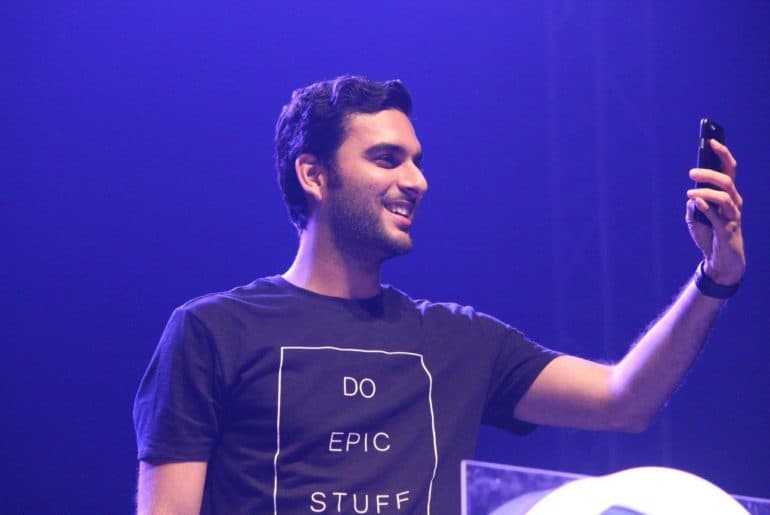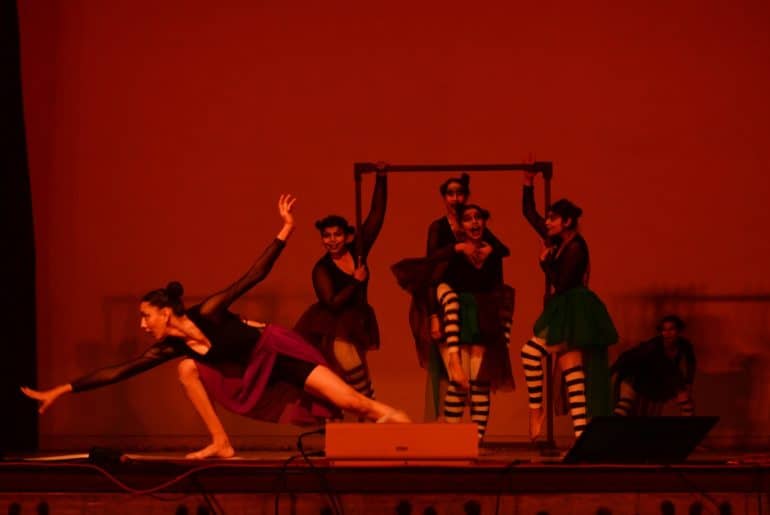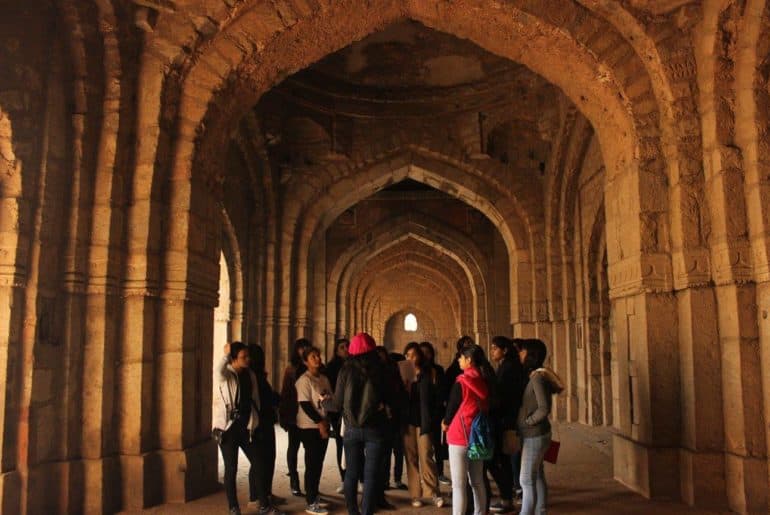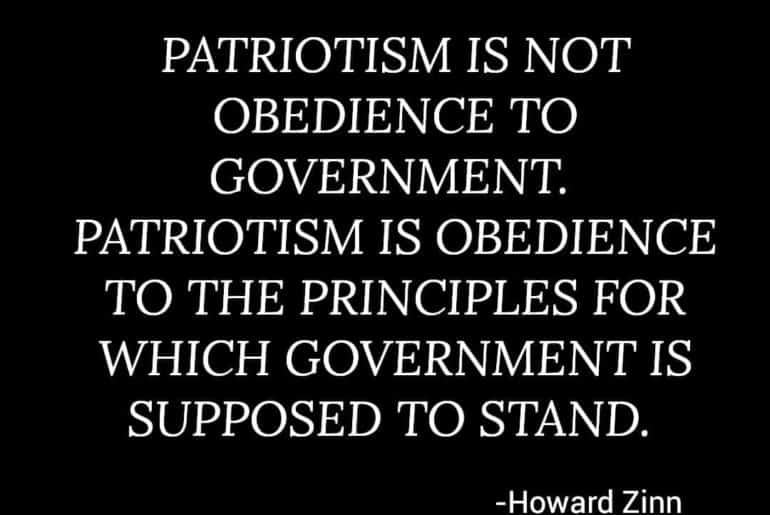A confluence of talent, enigma, and exuberance, the second day at Tarang gleamed with enthralling events and exhibitions to be lavished upon!
As the extravagance spilt over the second day of Lady Shri Ram College’s fest, Tarang, a vast spectrum of talent exhibitions was gloriously presented by teams from a multitude of colleges. With colours of vibrancy and exhilaration floating around the rooms and corridors of LSR, the penultimate day of the fest let spirits soar high and eyes feast upon all the magnificence as a day of exhilaration unfolded!
The day witnessed events of a broad range – from the photography competition, the treasure hunt, and the script writing competition to workshops scaling around sculpting and jewellery-making. Vaktritva, the public speaking society, organised Tarkvyuh, the parliamentary debate competition. Gaurav and Pratyush from the Delhi School of Economics cross team won the Hindi parliamentary debate.
An a cappella competition titled A Cappella – Pitch Please organised by the western music society of Lady Shri Ram College saw the final participation of the nine best western music societies. The melodies of Coldplay, Twenty One Pilots, and other contemporary artists were performed on the stage. The competition was judged by Miss Sherry Mathew and Miss Kamakshi Khanna. At the end of all the performances, Kamakshi Khanna, singer/composer of “The Stage” fame, took the stage and performed three songs from her latest album Cakewalk. “It’s so great to be back here, back to my favourite auditorium”, said Kamakshi, who is also the ex-President of the western music society of Lady Shri Ram College. The results of the completion were as follows: first position grabbed by Euphony of Gargi College, the second position was secured by Echo of Jesus and Mary College, and Swaranjali of Hansraj College seized the third position.
The competitive pulses escalating with every question, the quiz society unrolled the pop culture and India quizzes. The former, open to all participants, witnessed cross-college teams. In the pop culture quiz, Abhishek Kapoor, Akul Gurtu, and M Vishnu Vardhan bagged the first prize, with Varun Rastogi, Rabin Jacob, and Puranjay winning the second prize. The third prize was awarded to Raktim Nag, Raman U, and Gokul S. In the India quiz, Soumya Sagar, Kartik Puri, and Ankush Bhardwaj secured the first prize. Apratim Chandra Singh, Jayant Verma, and Bishal Kumar took the second prize and Ankur Agraj, Abhishek Mishra, and Priyam Sneha bagged the third prize.
The Indian musical society of LSR organised Bandish, the solo instrumental competition, with participants displaying their prowess on the equipment of their choice. The room was filled with melodies of beats circling the atmosphere with each participant.
The aesthetic creations were also presented by Hive, which organised the musical interpretation painting competition. The first prize was won by Narendra of College of Arts, with Anishka from Kamala Nehru College and Sushmita from Deshbandhu College bagging the second and third prizes respectively. A Special Mention prize was also awarded to Avani from Hans Raj College.
The music interpretation painting competition on Day 2 of #LSRTarang pic.twitter.com/H7OP4FLEAz
— DU Beat (@du_beat) February 4, 2017
As the chords crawled in the depths of the heart, the dance society presented Mudra, the classical solo and duet competition. A myriad of riveting performances clad in artistic precision and cultural aura paved the way for applauses and appreciation. In the solo category, Aishwarya from Sri Venkateswara College, Nimisha from Janaki Devi Memorial College bagged the first and second prizes respectively. Chhavi from Gargi College and Unni Vishwanath from Hans Raj College won the Special Mention prize. In the duet category, Tejaswani and Nandita from Hans Raj College were awarded the first prize.
To set in motion the rhythmic wave for the evening, the Indian musical society organised Amalgam, the fusion band competition which witnessed the participation of six teams after the screening of 17-18 teams online. As the bands performed compelling compositions from the realms of the industry and that of the soul, the crowd collectively cheered for the beautiful ambience. With Hans Raj College seizing the third prize and Shiv Nadar University bagging the second, the team from Shaheed Bhagat Singh College was awarded the winning prize in this enthralling event.
A glimpse of the fusion band competition
A photo posted by DU Beat (@du_beat) on
Drawing the eventful day to a close, Tarang’s pro night on the second day witnessed the enigmatic presence of the EDM artist Anish Sood. An Indian musician leading the path to Electronic Dance Music within the periphery of the country, the DJ played the likes of The Chainsmokers’ Closer and Don’t Let Me Down, amongst other songs and compositions. The tunes sent the audience into a daze, who swayed rhythmically to the edgy music and went gaga over the artist. With the lights shining at their brightest and the waves of energy palpable, the evening ended on high notes and the crowd yearning for more!
Anish Sood live at #LSRTarang17
Feature image credits: DU Beat
Saumya Kalia
Niharika Dabral
Vineeta Rana













